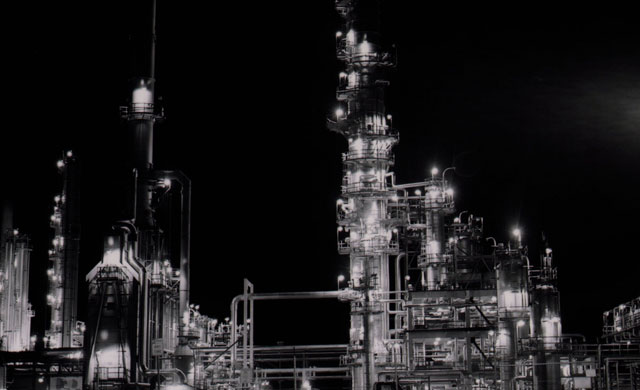The Draught Line on the Scott Spirit is 13m, according to the website marine traffic via the onboard AIS transmitter – and is heading to Nigg bay. Before the well test started the draught line measured 9.8m leaving an increase in water depth due to the recent extended well test operation of 3.2m. The Company has a history of understating potential and then over delivering.

Ships in general have a coefficient that varies depending on how much the ship sinks in relation to the weight on board, which is heavily dependent on the shape of the keel. Oil tankers, flat bottomed, generally have a coefficient of around 0.95, which means there is a linear increase in water depth in relation to the weight on board.
The Scott Spirit is a 700,000 barrel tanker with a maximum draught line (full load) of 15m, and an empty figure of 9m – i.e. it is has roughly 700,000 barrels of crude on board at 15m. Extrapolating this back you can estimate the Scott Spirits load to be at c.370,000 barrels, which is significantly more than the implied sold production from the most recent RNS of 135,000 plus a little bit extra for the remaining two weeks (N.B. bear in mind this is a back of an envelope calculation but the logic does stack up). However this calculation does not take into account the higher weight of the heavy crude, potential ballast water, and unequal loading of the ship (more aft than at the bow), which would reduce the overall production figure.
Furthermore, there are risks to the accuracy of the website’s data, but there is still scope for the market play of under-promise and over-deliver by the Xcite (LSE:XEL) management team. A more conservative and prudent figure to aim for would be 190,000 barrels on board (for the Bullish top end) and 160,,000 (for the low end, taking the low end recent production figure and adding a bit extra).
Ramifications – if this turns out to be true and management has deliberately been holding back, flow rates could be better than the expected 2,900 bpd (and remember this figure was hinted at in a recent RNS as being “well within the operational performance of the reservoir” and that the well was going to be flowed at various rates including laterals) and ultimately a boosted level of confidence in the Company’s ability to deliver. Remains a buy (IMHO), even if the production levels aren’t as positive as these figures suggest, especially as the financing issues have been put to bed, but again prudent to highlight the downside risk of macroeconomic conditions in relation to the oil price.
Previous articles on Xcite here.
(Author has a holding in Xcite Energy)


 Hot Features
Hot Features













Hi The article is factually incorrect. Nigg Bay off Aberdeen is not the same as Nigg Bay Oil Terminal in Easter Ross-shire.
You cannot estimate the cargo on board from the draught marks as you don’t know the amounts of water ballast on board nor the amount of fuel/stores used. Absolute unprofessional drivel.
Richard
Dear Richard,
Apologies for the inaccuracies regarding the location of the two Nigg Bay Oil Terminals.
As for the inaccuracies regarding the potential oil on board from the basic draught calculation, i’d like to point out that that the article does raise the issue of ballast water, alongside another host of risks to accuracy in the basic calculation, that would reduce the overall figure. As such, the figure for production is reduced by 50%.
Ultimately the point of the article is to show what has been discussed on the bulletin boards, and to show that its not quite as straight forward as 3.2/6*700k, as you rightly point out, but also to highlight the potential for the management to exceed expectations, which is a strategy they need to implement to consolidate the share price at new levels after recent good news has led to subsequent sell off’s and SP falls.
Kind Regards
C
Hi Charlie,
No worries. We’re all on the same side here. It’s just that an “article” implies knowledge, learned analysis etc and not merely repeating/highlighting the suppositions of posters on BBs whose technical/professional skills can sometimes be lacking.
Richard
Richard,
I did originally propose the idea of the draught line being loose form of measuring the potential load on the ship – which is a unusual and high margin of error proposition. Unfortunately, the BB’s have latched onto the topline figure, without the requisite adjustments. As for all on the same side here – absolutely – lets hope the management do come come up trumps after the EWT results are announced.
Take a look at Sirius (LSE:SXX) if you’re looking for any other ideas.
Best of luck
C